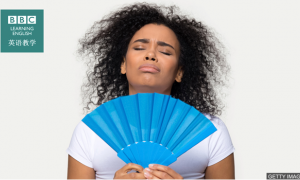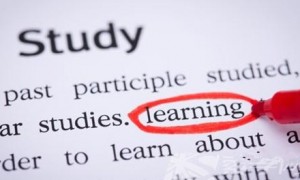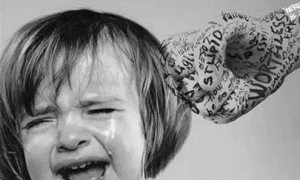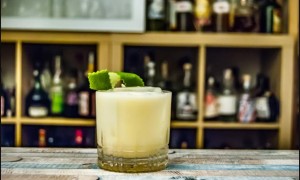现在时与运动日常
通过运动员的日常训练场景讲解一般现在时(例:She practices figure skating every morning)和现在进行时(例:The skier is descending the slope now)。特别强调第三人称单数动词变化规则在赛事报道中的高频应用。
情态动词的赛场表达
解析can/could(能力)、may/might(可能性)、must(必要性)在运动场景的用法差异。例如:'The coach must submit the roster'体现义务,'This jump could score 9.5'表示推测。结合裁判宣布结果等真实语境设计练习。
比较级与赛事解说
利用奖牌榜、成绩排名等数据,教授形容词比较级(-er/more)和最高级(-est/most)结构。如:'The bobsled team performed better than last season',同时融入as...as同级比较在技术分析中的应用。
过去时态记录荣耀时刻
通过冠军采访和赛事回顾,训练一般过去时(例:She broke the world record)与过去进行时(例:When the crowd was cheering, he made the final shot)。特别标注不规则动词在体育新闻中的常见形态。
几个练习句子
The athletes train for three hours every day.
运动员们每天训练三小时。
Hockey games require more teamwork than skiing.
冰球比赛比滑雪更需要团队合作。
They might compete in the finals next week.
他们可能下周参加决赛。
This is the first gold medal she has won.
这是她赢得的第一枚金牌。
If the weather is clear, the game will be held as scheduled.
如果天气晴朗,比赛将如期举行。
结论
将冬奥场景与语法教学结合,既能提升学习趣味性,又能强化语言应用能力。建议学习者多听英文赛事解说,模仿时态使用;制作运动主题的语法卡片,把规则记忆转化为场景记忆。这种沉浸式学习方法尤其适合视觉型和动觉型学习者。







